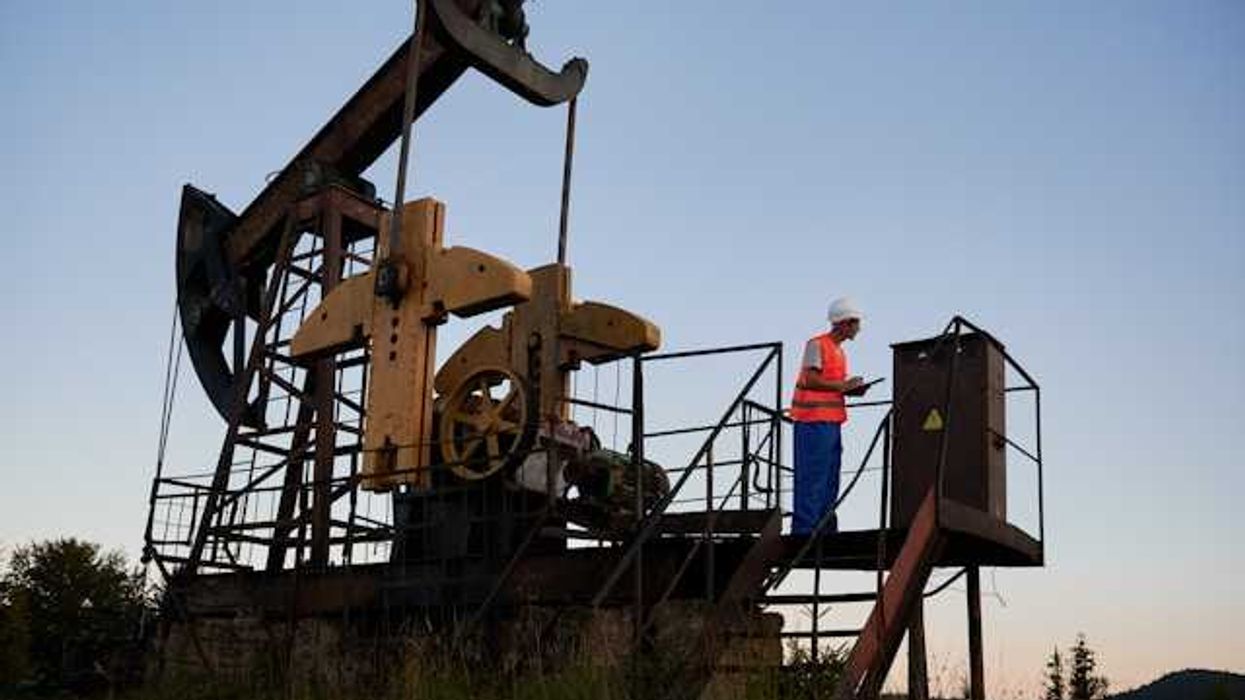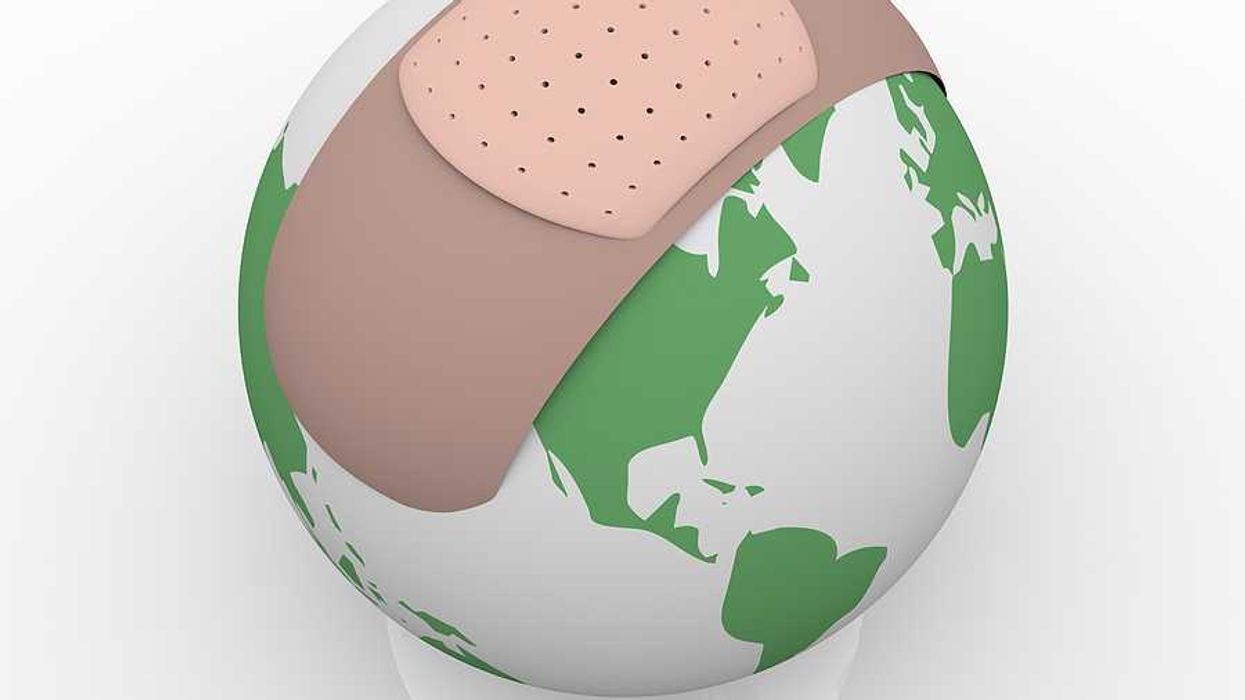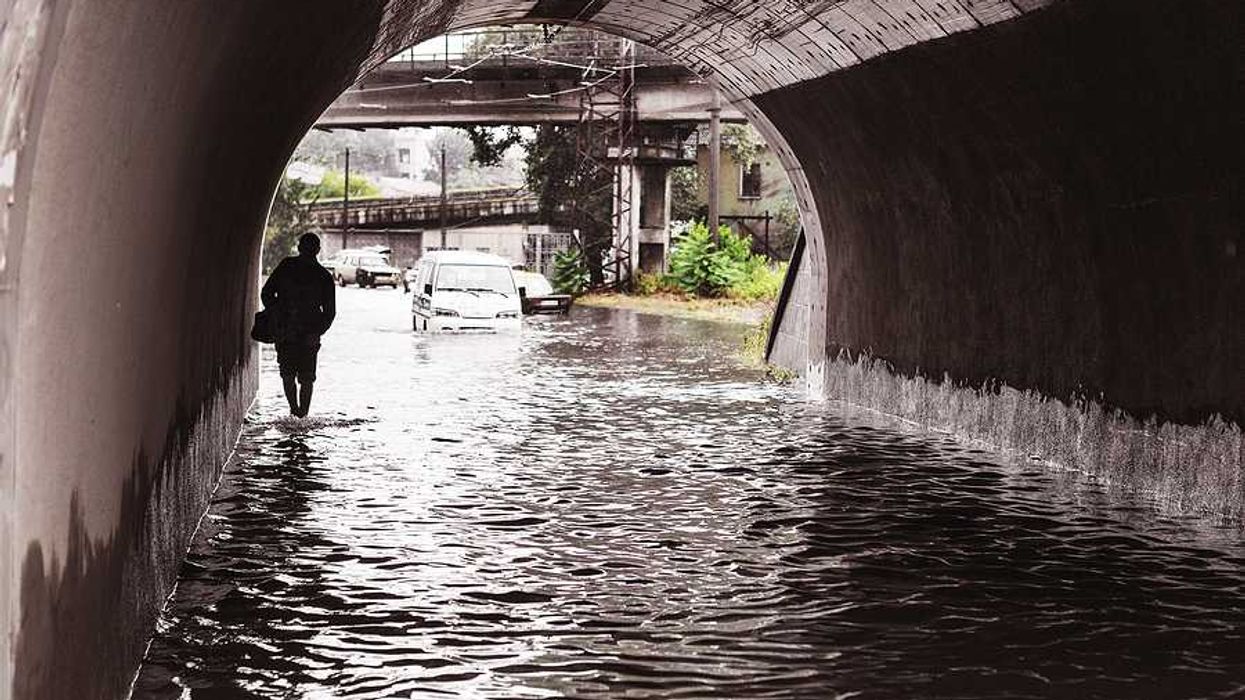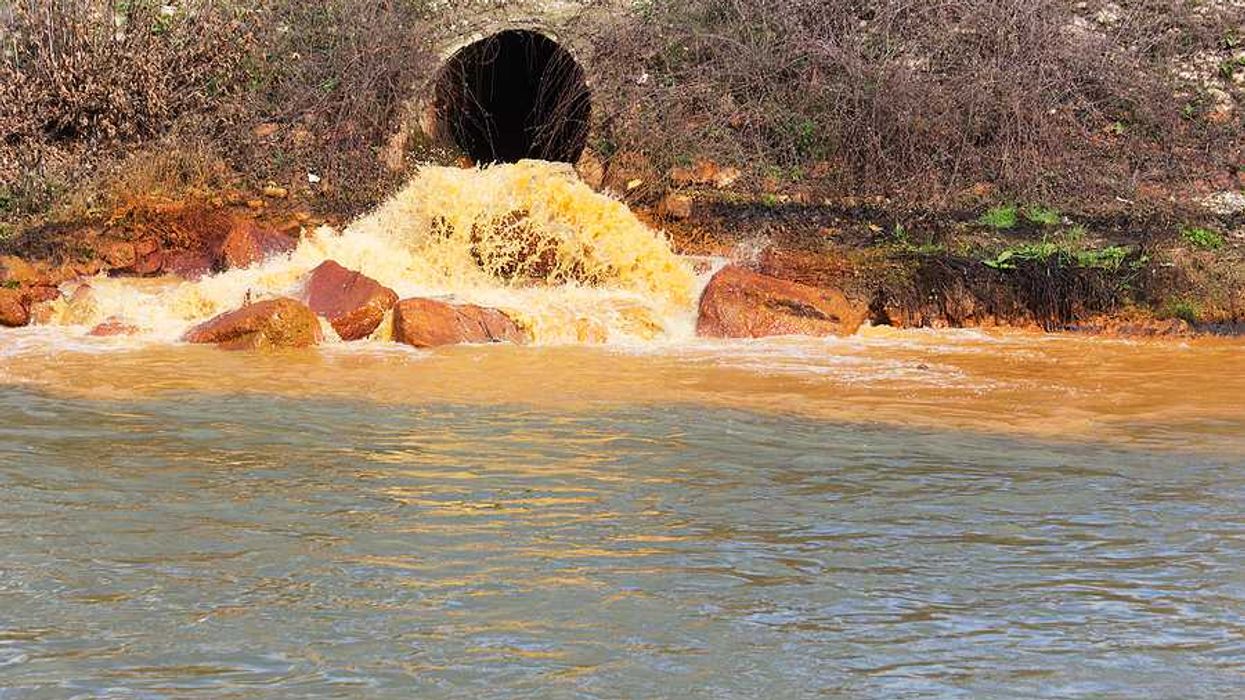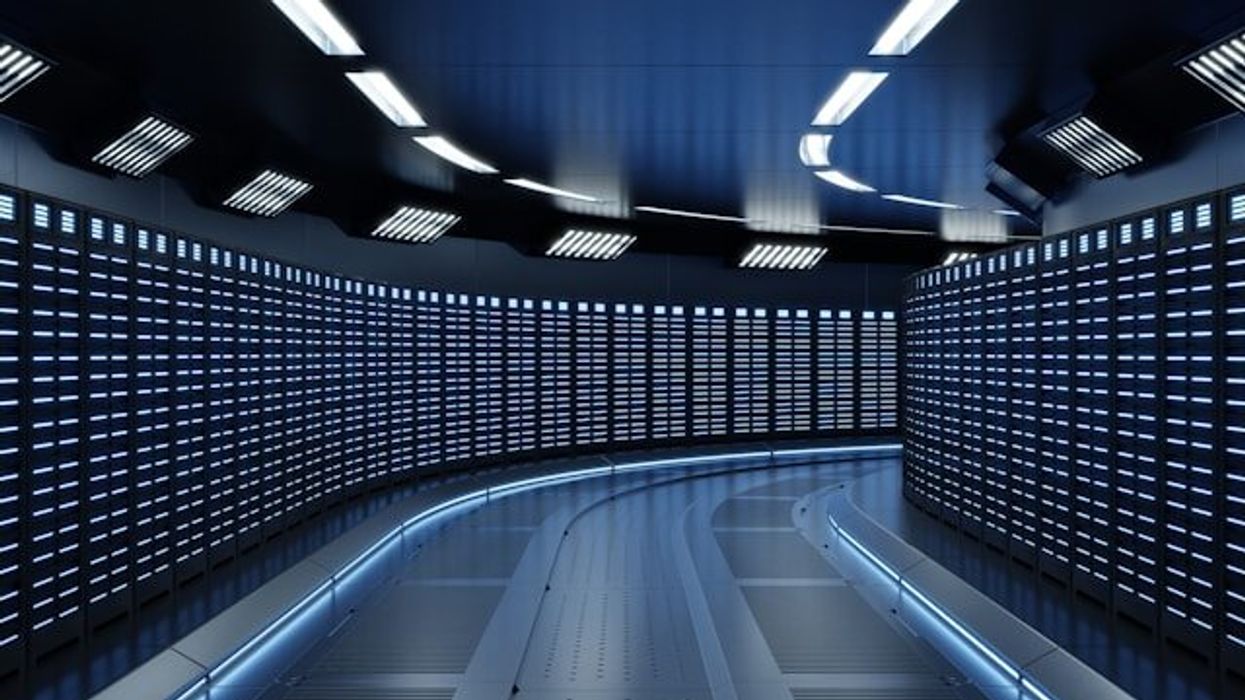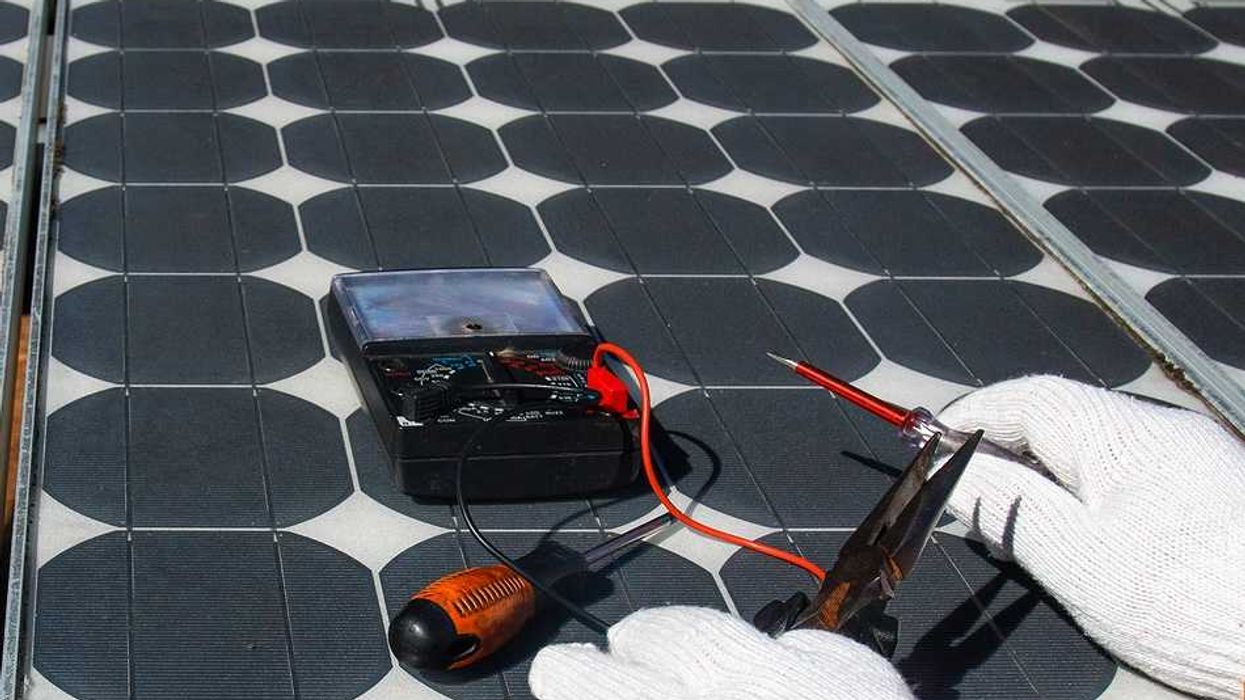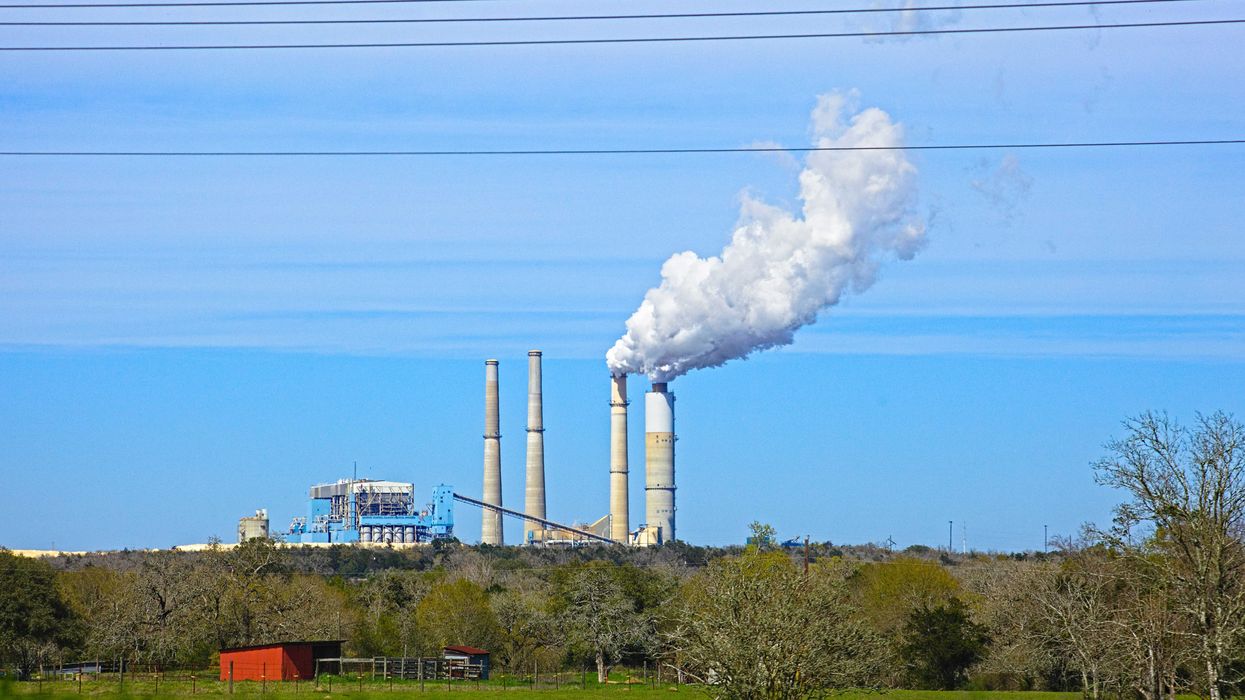In an innovative approach to tackling oceanic dead zones, Douglas Wallace contemplates using the oxygen by-product from green hydrogen production to revive these lifeless marine areas.
Brian Owens reports for Hakai Magazine.
In short:
- Douglas Wallace's research explores using surplus oxygen from hydrogen production to address the low-oxygen zones threatening marine diversity.
- The proposed World Energy GH2 project in Stephenville could produce sufficient oxygen to mitigate the Gulf of St. Lawrence's dead zone.
- The feasibility of this oxygenation plan hinges on overcoming significant engineering and environmental challenges, alongside the uncertain future of hydrogen fuel markets.
Key quote:
“About 15 percent of the deeper parts of the Gulf of St. Lawrence are getting close to the threshold where a lot of marine animals will struggle to live.”
— Douglas Wallace, oceanographer at Dalhousie University
Why this matters:
During the electrolysis process used to create green hydrogen, oxygen is produced as a by-product. Instead of letting this precious oxygen go to waste, researchers and environmentalists are exploring innovative ways to harness it to breathe new life into depleted marine ecosystems.


